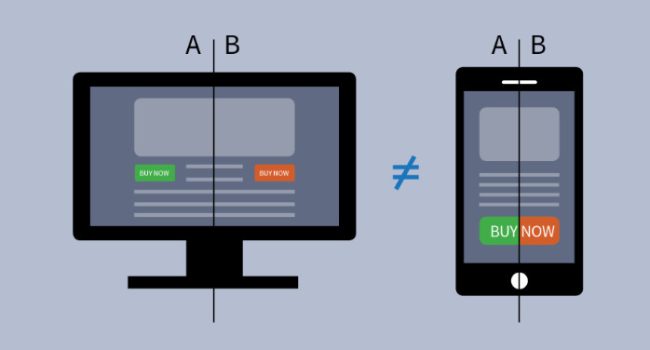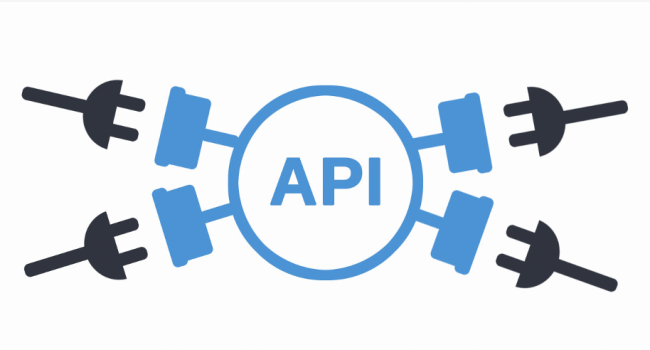Looking to streamline operations, optimize customer interactions, or transform how your organization works? Understanding the difference between enterprise and regular software development is the first step toward choosing the right solution. While both approaches have their uses, enterprise software is designed with organizations’ complex needs in mind. In this guide, we’ll unpack these distinctions and help you determine the best path for your project.
- What is Enterprise Software Development?
- What is Consumer Software Development?
- Regular vs. Enterprise Software Development
- Process
- Types of Projects
- Costs
- Ideal Customers
- Which Is Right for You?
- Questions to Ask a Potential Development Partner
- Strong Project Management
- XR Studios and Enterprise Application Development
- Conclusion
What is Enterprise Software Development?
Enterprise software is a solution developed for the needs of an organization (rather than an individual) to solve a particular business goal. It is designed to meet the demands of a complex organization. Most software is built with various types of users in mind, but enterprise software takes that idea a step further. It often accommodates many different users all at once.
Although the term “enterprise” might call to mind a large corporation, enterprise software can serve a broad range of businesses. Anything from nonprofits and educational institutions to governments, associations, and community organizations can fall under the umbrella of enterprise when it comes to software. But, just because a business uses a particular software, like Microsoft Word, for instance, does not necessarily qualify it as enterprise software.
What is Consumer Software Development?
Consumer software development involves designing and building a digital tool for individual users. In this approach, the software helps consumers complete tasks or solve problems—anything from finding a date to managing a personal budget, and more. Although standard software might be used for work, it’s designed within the context of personal use, rather than business use.
You can think of regular software development in two categories: systems and applications. Systems software refers to operating systems like Windows or Android. Application software is designed to help users execute specific actions, like sending an email, editing a photo, or building a spreadsheet. In either case, individuals, rather than organizations, are the primary users.
Regular vs. Enterprise Software Development
Standard and enterprise software development often get confused, but they have a few important differences. If you’re trying to determine which is right for your project, it’s helpful to consider the implications of either approach when it comes to process, type of project, costs, and ideal customers.
Process
In some ways, the difference between the regular software and enterprise development process is quite small. Either path requires thorough scoping, detailed timelines, a dedicated team, design, and development, as well as testing. Enterprise software engineering, however, often requires a few extra steps.
Enterprise software projects tend to take longer and be more complex. Unlike standard software development projects, enterprise software often involves numerous stakeholders and data sources. The enterprise software development process normally starts with deeper analysis to ensure the new product will integrate with all other relevant systems.
Types of Projects
Regular software development often lends itself to a different kind of project than enterprise software development. The former tends to include apps launched on the consumer-facing version of the Apple and Android app stores. These might include task-oriented apps, social apps, entertainment apps, and more.
While there is an enterprise equivalent of the regular Apple app store, apps launched there are only available to a specific set of users, such as employees of a particular company. This distinction speaks to the focused nature of enterprise software projects. Some examples of enterprise software projects include Employee Resource Planning (ERP) software, inventory management systems, and customer service tools.
Costs
The cost of a regular software project compared to an enterprise one can vary significantly depending on the scope and features. Generally speaking, however, enterprise software is more costly to develop than consumer-facing software.
Complexity, scalability, and security requirements are important factors to consider when it comes to cost. Enterprise software often must be able to serve hundreds or even thousands of users at once while maintaining the utmost data security. It could house employee, financial, or proprietary information.
Ideal Customers
Regular and enterprise software customers are quite different from one another. While regular software targets normal consumers, enterprise software is made for organizations.
Some regular software can be used for business. For example, a small business owner might use software like Canva to create a pitch deck. That doesn’t necessarily mean that Canva is enterprise software.
Typically, enterprise software is not available direct-to-consumer. Instead, the price and installation of the software are customized to the organization based on factors like its revenue, users, and use case.
Which Is Right for You?
Not sure whether the regular or enterprise software development process is right for you? Consider these questions to determine the right approach and take your next steps toward the right development team.
What problem am I trying to solve?
If you’re addressing a business problem, there’s a good chance you’ll need an enterprise software solution.
Who will use the software?
Typical users of regular software are individuals; whereas, enterprise software users often include many different roles, functions, and departments of a complex organization all at once.
Where and how will the software be used?
Consider the context in which the software will be used. Business applications, like payroll software and customer relationship management (CRM) software, are within the enterprise category.
How will users access the software?
Deployment is a helpful indicator of which type of development approach you’ll need. If you intend to let individual users download the software via something like the Apple App Store, you’re probably looking at a regular software project. Gated access to specific users or companies falls into the category of enterprise software.
How to Choose a Development Partner
Once you determine whether to pursue regular or enterprise software engineering, you can narrow down the possible options for a development partner.
Ask Questions
One of the best ways to assess a development partner’s suitability for your project is to have an open and honest conversation.
Questions to Ask a Potential Development Partner
Specific Experience
While it’s true that there’s a first time for everything, ideally, your app is not it. Seek out a team that has broad and deep development experience with the type of software you need. Being able to clearly articulate what you need will help you determine if a potential firm is the right partner fit. Questions to discuss might include:
- “Does your solution need to manage sensitive or confidential information?”
- “Will your software need to interact with existing legacy systems?”
- “What is your budget and timeline for implementation?”
Strong Project Management
Search for a development firm with an excellent track record of sticking to timelines and budgets. Ask about processes, communication, and overall culture to understand how a particular firm runs projects.
XR Studios and Enterprise Application Development
It’s obvious that XR Studios is at the forefront of innovation when it comes to expanding the potential of extended reality technologies. They are positioned as a leader in influencing the direction of immersive experiences because of their dedication to creating innovative applications for a variety of sectors.
Conclusion
Regular software development and enterprise software development cater to distinct niches. While regular software targets a smaller user base, often individuals or startups, enterprise software tackles the complex needs of large organizations. This difference in scale necessitates a focus on scalability, security, and integration for enterprise projects. Additionally, thorough testing and user training become paramount for ensuring a smooth rollout within a large, hierarchical structure. Ultimately, the development approach hinges on the target user and the problem you’re trying to solve.






